Issue 9 Flipbook

Read issue 9 as a flipbook

Read issue 9 as a flipbook
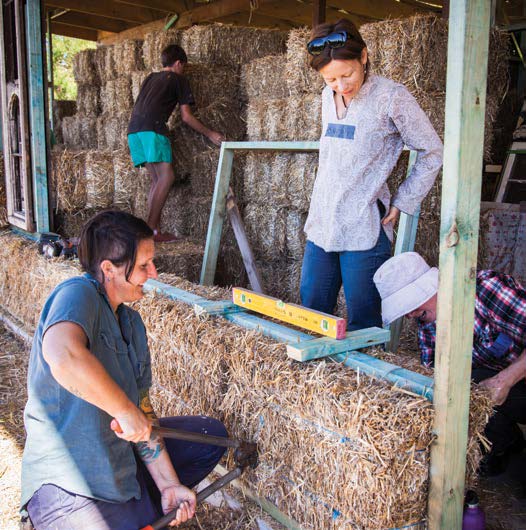
With the help of family, friends and our wider community, my partner and I built a passive solar strawbale home. Building a home is an incredibly rewarding, exhausting and empowering thing to do. It’s an opportunity to implement ethical principles, learn and practise skills, build community, and create a space to live in that is truly reflective of your personal aesthetics and philosophy.
Our house building journey germinated many years ago when as a 15-year-old, I visited the home of a woman who had built by hand her own tiny mudbrick home. From that moment on I was somewhat obsessed with the idea of building my own home. It was very early on in our relationship when I declared my intentions to my partner, Genevieve. Luckily she came onboard, and in the last six years we have hand-built a strawbale tiny house (which we lived in for five years) on our property in the Bega Valley, while we prepared for and built our larger family home that we moved into in March this year.

Crop rotation can bring great benefits to your yields, plant health and soil health, whether you’re a market gardener, homesteader or backyard grower. Crop rotation is the principle of avoiding repeating a crop with either the same crop or one in the same botanical family in successional plantings. For example, broccoli, cauliflower, cabbage and kale are all in the Brassica family, so you’d avoid planting one of these straight after another. It also involves rotating crops according to their nutrient needs, whether they are a fruit, leaf, legume or root crop.
The practice of rotating crops ensures variety; a cornerstone for a diverse biological system. By varying the crops going into the same place each year, you’ll help avoid pest and disease problems. This is because it disrupts the life cycle of many organisms, especially soil-borne diseases, which might otherwise be able to thrive on a continuous planting of the same crop. Some of these plant diseases can be difficult to get rid of once present, however crop rotation and avoiding the reintroduction of the affected crop for at least four years after is a good way to break the cycle.
Crop rotation also helps the garden to continue producing without detrimental effects and depletion of the soil. By looking at the different nutrient needs of plants, we can rotate in a way that provides all plants with what they need without having to constantly add compost or fertilisers. Planting crops of diverse root depths will penetrate the soil and improve its structure, as will adding organic matter. Rotating crops also helps to encourage habitat and biodiversity.

Darren J. Doherty grew up on the family farm near Bendigo, learning rural and farming skills from his grandfather. ‘He saw that they would hold me in good stead,’ says Darren. ‘As someone who had lived through the Depression, he could see that those times may come again, so if economic circumstances collapsed I’d have the ability to survive.’
While it was a scary message for a kid, Darren says it was also a great one, because it was backed up by experiential skills he still carries today. When Darren became interested in permaculture, the set of agricultural and design principles already sounded familiar to his grandfather. “When I showed him Bill Mollison’s Permaculture – A Designer’s Manual, he said ‘we’ve been doing all of that stuff for forever’,” says Darren.
A farmer, developer, trainer and author, Darren coined the term ‘regrarian’, a combination of the words ‘regenerative’ and ‘agrarian’. He developed the Regrarians Platform, a framework to help people design and plan agricultural projects, and works with his wife Lisa Heenan and their daughter Isaebella Doherty as directors of the Regrarians.
‘Regrarianism came out after we did the world’s first carbon farming courses and world tour in 2007,’ recalls Darren. ‘We started to look at all of these different methodologies and built them into the framework that became The Regrarians Platform. It’s based on the Keyline Scale of Permanence which P. A. Yeomans developed in 1958. I did some work for holistic management educators and they determined that the Keyline Scale of Permanence would be a really good framework to build our training around. I looked at it and thought “how can I make it more holistic?” I brought in additional layers, such as the economy, energy and social issues.’
Darren
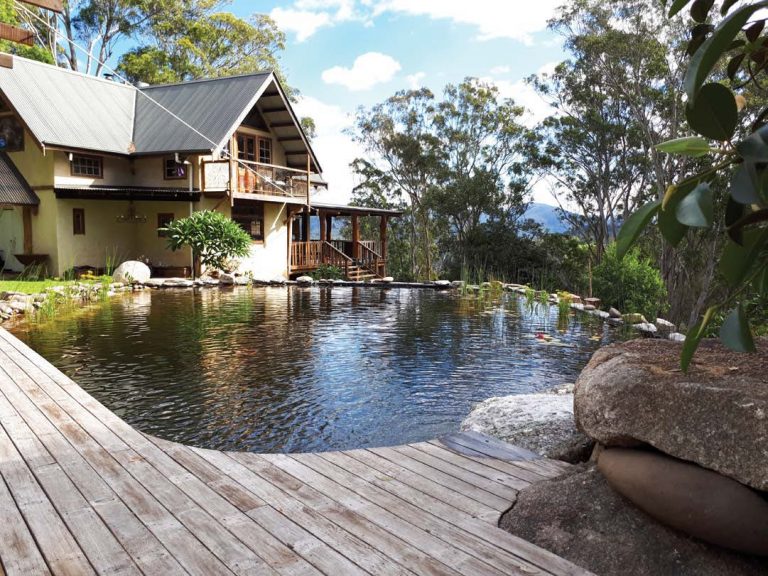
A natural swimming pool is a beautiful and healthy alternative to a conventional pool. By building a natural swimming pool, you are creating a self-cleaning water system that benefits both people and local wildlife, with no risk of releasing chemicals or pollution into the atmosphere, local waterways or environment.
Natural swimming pools use no chemicals or pesticides to maintain the water quality, a welcome relief for those who suffer skin allergies or sensitivities. Through the use of plants and a small aerator, the water ecology is regulated and filtered to keep it clean and healthy.
There are hundreds of ways to build a natural swimming pool and the techniques and systems you use will vary depending on your circumstances. Generally, a natural swimming pool is divided into the swimming zone and plant zones. Usually the centre is for swimming, and the shallows for plants and animals to filter the water.
The plant zone is usually an equal area to the swimming zone. Plant zones have varied depths so different water plant species and varieties can be used, including fully submerged varieties. The plants and animals condition the water, keeping it clean, while the circulation system gently moves the water around the pool to allow the plant beds to remove excess nutrients.

Seaweed is having a renaissance. For years it has been undervalued; out of sight, out of mind. However, researchers around the country and the world have begun to explore its amazing potential as an alternative to many products and practices which are proving to be unsustainable in the long-term.
The seaweed industry is growing rapidly. Not only in food production where it currently accounts for $5 billion worldwide, but also in the medical and agricultural sectors. In Australia, research into seaweed is still in its infancy, but there are many exciting findings suggesting that seaweed may become a solution to many problems affecting our planet.
Oceans cover 71 per cent of the earth’s surface and with overpopulation and the destruction of natural ecosystems, it makes sense to utilise this vast space as a resource for our growing needs. As well as farming seaweed in our oceans, scientists are exploring potential methods of farming it in man-made ponds and pools.

November: Basil, beans, beetroot, cabbage, capsicum, carrot, cauliflower, chives, coriander, cucumber, lemongrass, marjoram, mint, oregano, parsley, rosemary, tarragon and thyme, English spinach, kohlrabi, leek, lettuce, onion, parsnip, pumpkin, radish, silverbeet, swede, sweet corn, tomato, turnip, zucchini,
December: Lettuce, rocket, Asian greens, carrots, beetroot, celery, silverbeet, more leeks and tomatoes, salad onions, sweet corn, zucchini, cucumber, pumpkin, parsnips, celery, celeriac, Brussels sprouts, broccoli, cabbage, cauliflower, and potatoes (such as Kennebecs).
January: Carrots, beetroot, radish, turnip, lettuce, Asian greens (e.g. rocket, mizuna, mibuna, mustard, cress), silverbeet, spring onions, bush beans. If you live in a warm spot, try seedlings of late zucchini, cucumber, small pumpkins like Golden Nuggets, sweet corn and even more tomatoes.
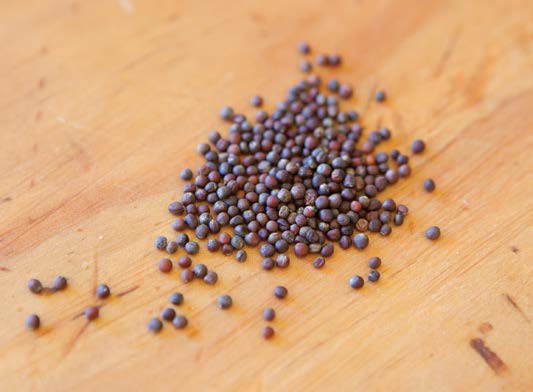
BOTANICAL NAME: Brassica oleracea. The name brassica comes from a Celtic word for cabbage, with oleracea meaning ‘vegetable-like’.
ORIGIN: Native to Europe’s western coast, broccoli is a descendant of kale. It was developed for market gardening in Italy in the last 150 years.
DESCRIPTION: Heading and sprouting are the two different types of broccoli. Heading types take longer to mature and prefer colder areas.
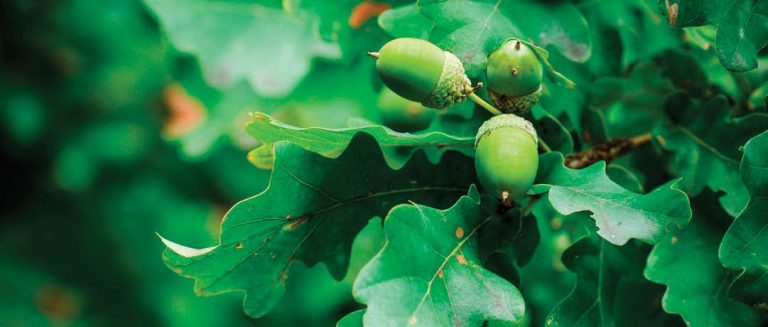
Acorns (Quercus spp.) have long been thought of as a last resort food, but these small parcels of goodness pack quite a nutritional punch when processed the right way. Processing them is important, as acorns (like tea, chocolate and red wine) are jam-packed full of tannins. So much tannic acid in fact that they’re toxic to many livestock and even humans in their natural form. Leaching them of their tannins takes a little time and dedication. You also have to wait for trees to produce a mast crop every four or so years, though for the enthusiastic forager this can involve many enjoyable months of scouting these beautiful trees in the lead up to autumn. Patience certainly is a virtue where acorns are concerned, as they can reward you with easy to store sweet and nutty flour, and a cheap, cheerful and fattening winter feed for chooks and pigs.
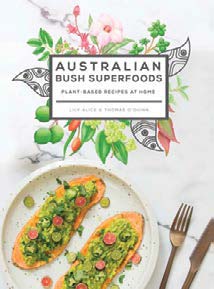
This beautifully designed book highlights 40 Australian native bushfoods and incorporates them into vegan dishes.
For those with a sweet tooth, there are anise myrtle yoyo bickies, strawberry gum jam drops and passionberry granola to try, to name just a few. For more substantial meals, whip up some jackfruit tacos with muntry coleslaw, seablite rice paper rolls or kutjera pasta.
As with all recipe books worth their salt (bush), the photos and illustrations are superb, making it a treat to simply flick through.
There is also a guide to sourcing fresh, frozen and dried bushfoods; handy as you’ll be sure to want to try many of these delicious sounding recipes.